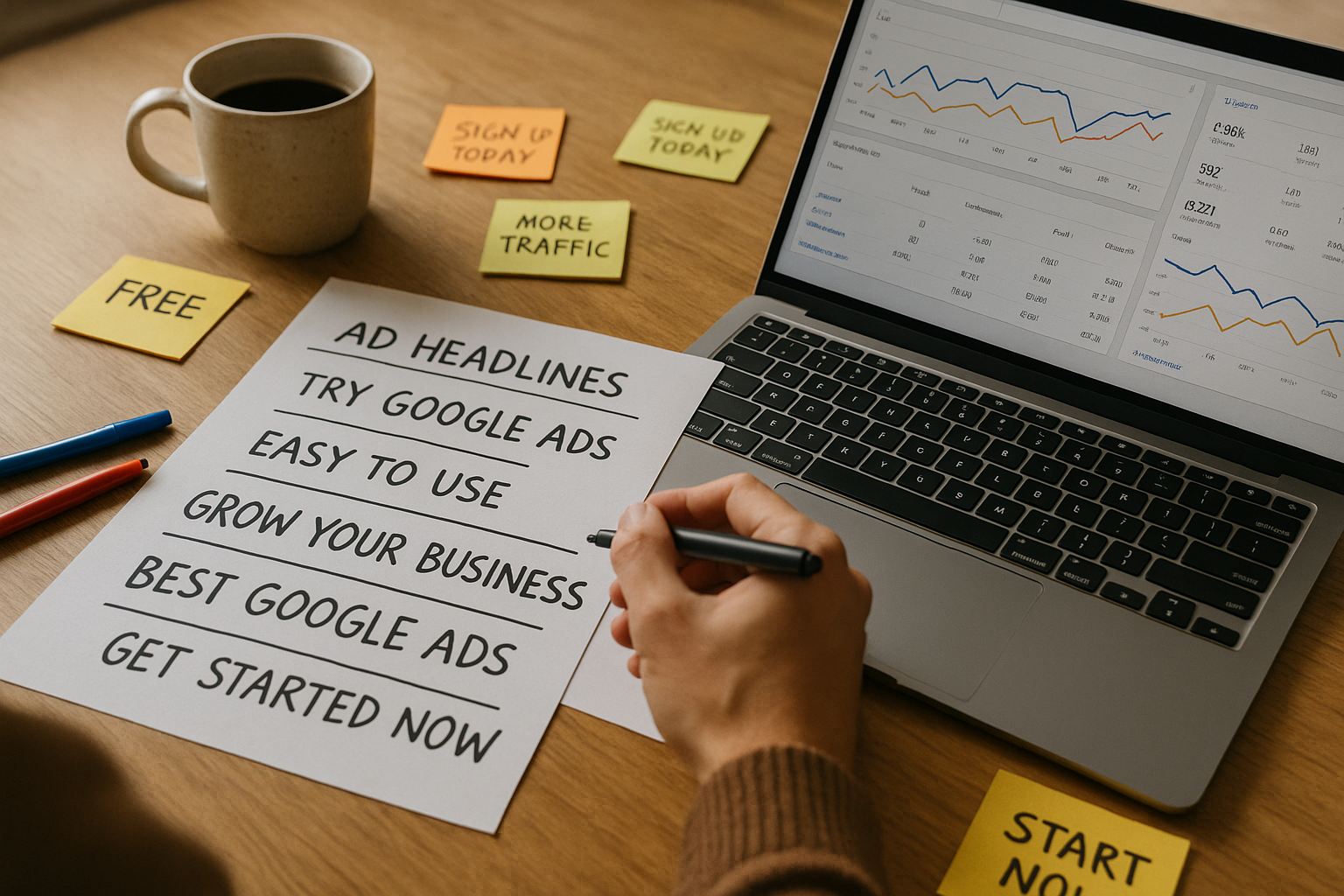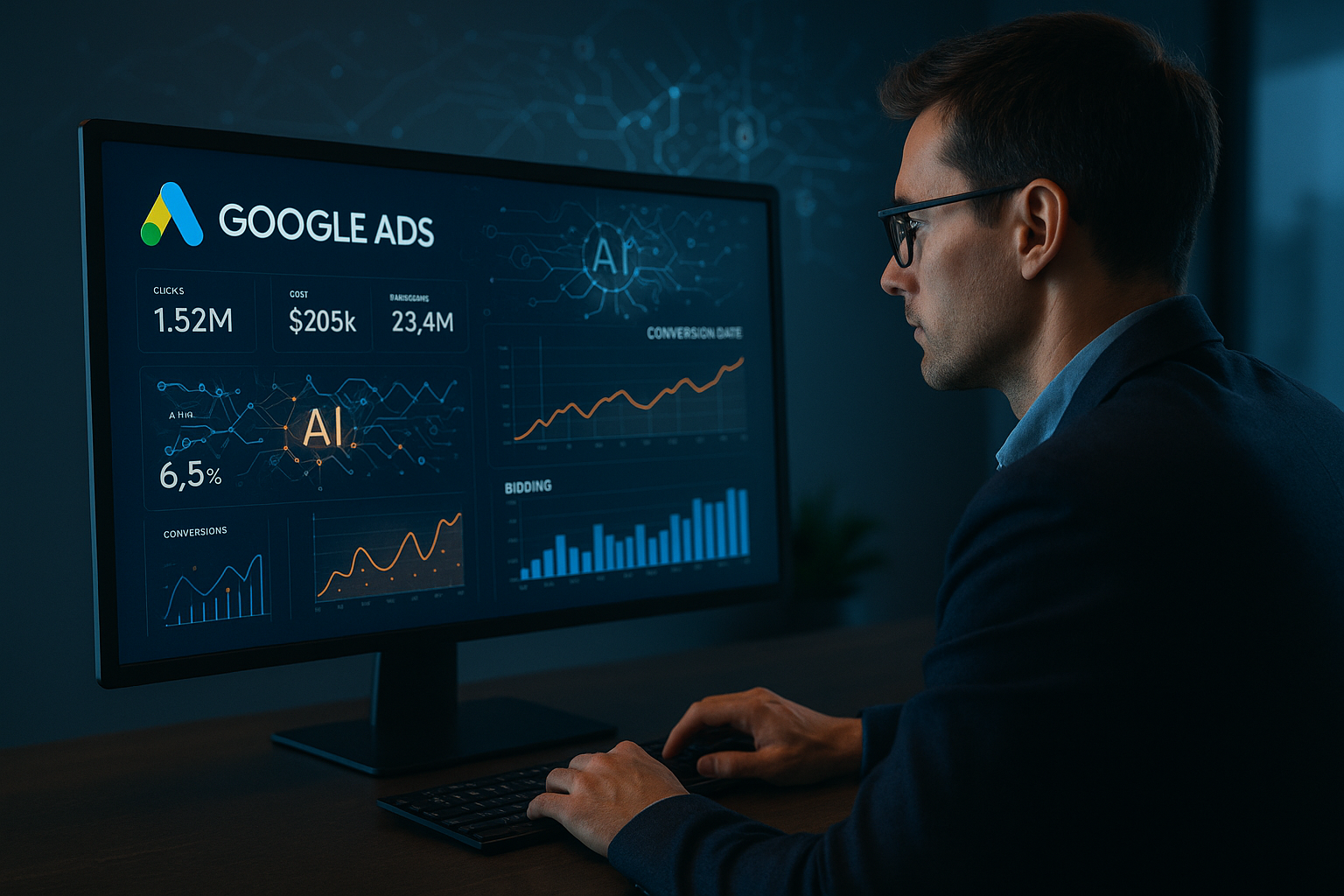How do I target ads to my local area?
Targeting ads to a local area is one of the most powerful ways for businesses to boost visibility, drive leads, and maximize return on investment. Modern digital marketing offers a toolbox of techniques that allows your business to stand out exactly where your customers live and search. Gone are the days of guesswork; today, data-driven local ad targeting is accessible, cost-effective, and crucial for businesses who want to be found by the right people, at the right time.
In this blog, discover the strategies and technologies that connect your business directly with local customers. From mastering Google and Facebook’s targeting capabilities to harnessing advanced techniques like geofencing and generative search optimization, each section will empower you to grow your local presence, no matter your industry.
Understanding the Foundations of Local Ad Targeting
Local ad targeting is about precision—directing your marketing resources so that your ads reach the people who are most likely to visit your business or need your services. Start by understanding the key pillars:
- Location precision: Use tools to narrow audience by city, radius, zip code, or even neighborhoods, ensuring ads only show within your service reach.
- Customer profiles: Analyze the demographics and interests of your local audience through market research and platforms like Facebook Audience Insights.
- Goals alignment: Clarify if the aim is phone calls, visits, or online leads, and tailor campaigns accordingly.
These foundations lead to efficient ad spend and more meaningful engagement locally.
Choosing the Right Advertising Platforms
Selecting the ideal platforms is step one for
effective local targeting. Each major advertising channel offers unique capabilities.
- Google Ads: Excellent for search-driven intent, with location extensions and easy radius/zip code targeting.
- Meta Platforms (Facebook & Instagram): Highly customizable geotargeting by city, zip code, or even a radius around your business, with paid ads on both feeds and stories.
- LinkedIn Ads: For B2B, enables localized campaigns aimed at professionals by company, job title, or region.
- Display & programmatic networks: Use geofencing and demographic overlays to target local behaviors.
Consider where your customers spend their time online and diversify across platforms for broader reach.
Setting Up Google Ads for Local Targeting
A step-by-step guide:
- Sign up or log in to Google Ads.
- Input business info: Name, website, and goals (visits, calls, or store foot traffic).
- Select campaign type: For local intent, choose Local or Search campaigns.
- Configure geotargeting: Use radius targeting for a set distance from your location, or enter city/zip codes manually.
- Incorporate local keywords: Use phrases like "near me," city names, or service + locale combinations (e.g., "plumber in Cherry Hill").
- Set initial budget and ad extensions: Add location, call, and sitelink extensions for better engagement.
Monitor and refine regularly for best results.
Geo-Targeting Tactics on Facebook and Instagram
Meta’s platforms are powerful for hyper-local campaigns:
- Location targeting: Target cities, neighborhoods, or set a radius down to one mile from your place of business.
- Custom & lookalike audiences: Target website visitors, customer lists, or their “lookalikes” within your desired area.
- Implementing radius targeting: Especially useful for new store openings, events, or service-based businesses wanting foot traffic.
- Creative best practices: Use local landmarks, community-focused language, or region-specific offers to boost relevance.
Test different ad formats and copy to see what resonates in your area.
Leveraging Map and Directory Platforms
Don’t ignore platforms like Google Maps, Apple Maps, and local business directories:
- Google Business Profile (GBP): Optimize to ensure your info appears in local searches and on Maps. Regularly update business hours, photos, and posts.
- Local SEO: Integrate keywords with geographic terms, use schema markup, and ensure NAP (Name, Address, Phone) consistency website-wide.
- Bing Places & Apple Business Connect: Claim and optimize your listings for diversified local reach.
These platforms drive both organic and paid ad results directly to real-world visits.
Content Marketing with a Local Focus
Content remains king, but local context is queen:
- Create landing pages for each service area: Showcase neighborhood expertise—Google rewards hyper-local relevance.
- Blog about local events, news, or customer success stories: This improves SEO and builds community trust.
- Localize titles and meta descriptions: Boosts CTR (Click-Through Rate) in search engine results.
- Use video and photo content that shows local landmarks, staff, or real customers.
A content-rich site increases organic discovery and paid ad performance.
Advanced Tactics—Geofencing, Retargeting, and Programmatic Ads
Modern targeting goes beyond basic radius settings:
- Geofencing: Create virtual boundaries; show ads to mobile users who enter a defined area (like expos, malls, or competing businesses).
- Retargeting/PPC: Re-engage users who’ve visited your site or taken an action, now focusing budget on high-potential leads.
- Programmatic and behavioral targeting: Combine physical location with user habits for precision spend.
These strategies ensure you’re not just reaching—but converting—the right local audience.
Tracking, Analytics, and ROI Measurement for Local Campaigns
You can’t optimize what you don’t measure:
- Set up conversion tracking: Log calls, form submissions, store visits, and purchases.
- Granular location analytics: Examine which neighborhoods, zip codes, or cities drive the best results, then reallocate budget.
- Compare platforms: Determine ROI not just overall, but at the local campaign level.
- Use A/B testing: Try different creatives, offers, or targeting radii to discover what works locally.
Regularly review these metrics for smarter decision-making and stronger results.
Generative Engine Optimization (GEO) for Local Visibility
AI-driven search and chat platforms are reshaping discovery:
- Optimize for generative platforms (e.g., ChatGPT, Gemini): Ensure business listings are accurate, use up-to-date schema, and generate localized, semantically rich content.
- Implement LLM code and monitor: Improve how AI summarizers and chat tools present your business.
- Maintain NAP consistency for all engines.
Being visible in these next-gen channels ensures customers find you no matter how they search.
Local Ad Creative—How to Make Ads That Resonate
Creative is the bridge between ad and action:
- Use images and offers familiar to your community: Local landmarks, slang, or popular events make ads feel relevant.
- Short, direct copy: Focus on unique benefits, value propositions, and a clear call-to-action for local seekers.
- Seasonal and timely messaging: Tie specials to local holidays, sports events, or regional trends.
- Test new formats: Carousel, video, and lead forms often outperform static images for engagement.
- Solicit local testimonials: Authentic, local reviews drive trust and conversions.
Testing and iteration lead to a creative that truly connects.
FINAL THOUGHTS
While digital advertising offers global reach, the ability to target locally is what levels the playing field and empowers small businesses to compete—and win. By combining sharp technology with local insights, the strategies outlined here will help create campaigns that reach the right customers, at the right time, in the right place for your business.
Whether optimizing Google Ads, leveraging the full potential of social platforms, or preparing for the next frontier of AI-driven search, your journey to dominating your local market starts with intentional, targeted outreach. GetPhound is ready to partner and take your brand’s local presence to the next level.












